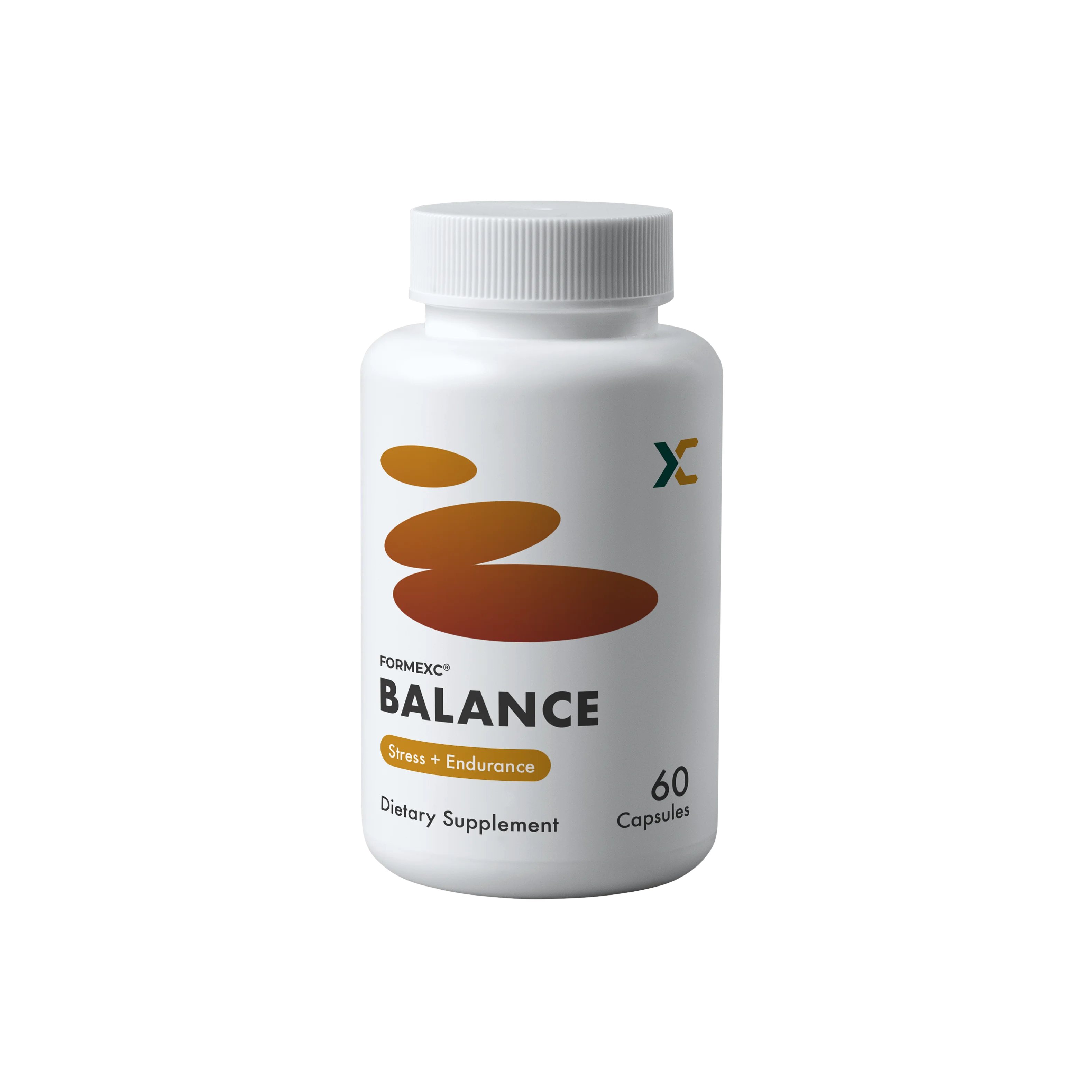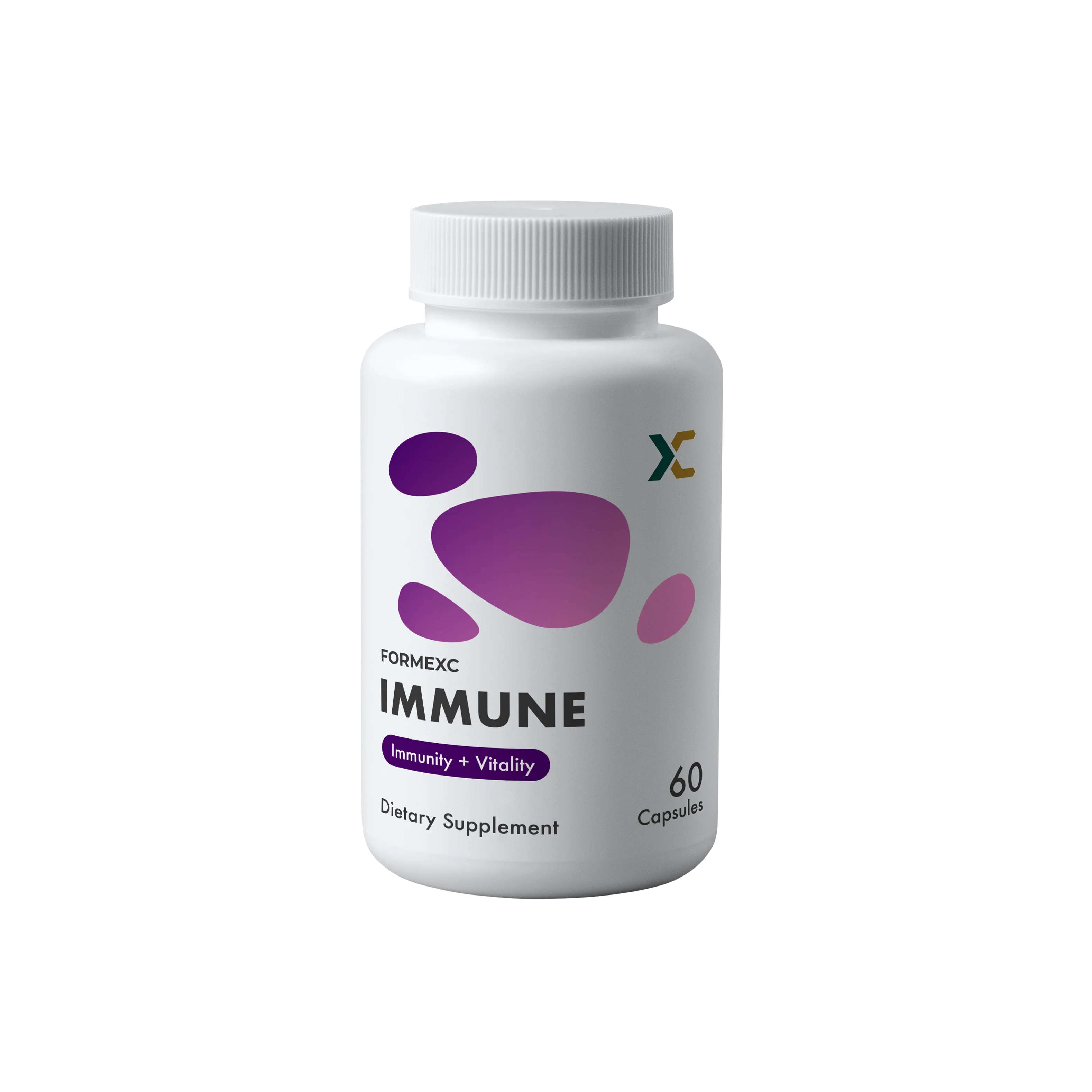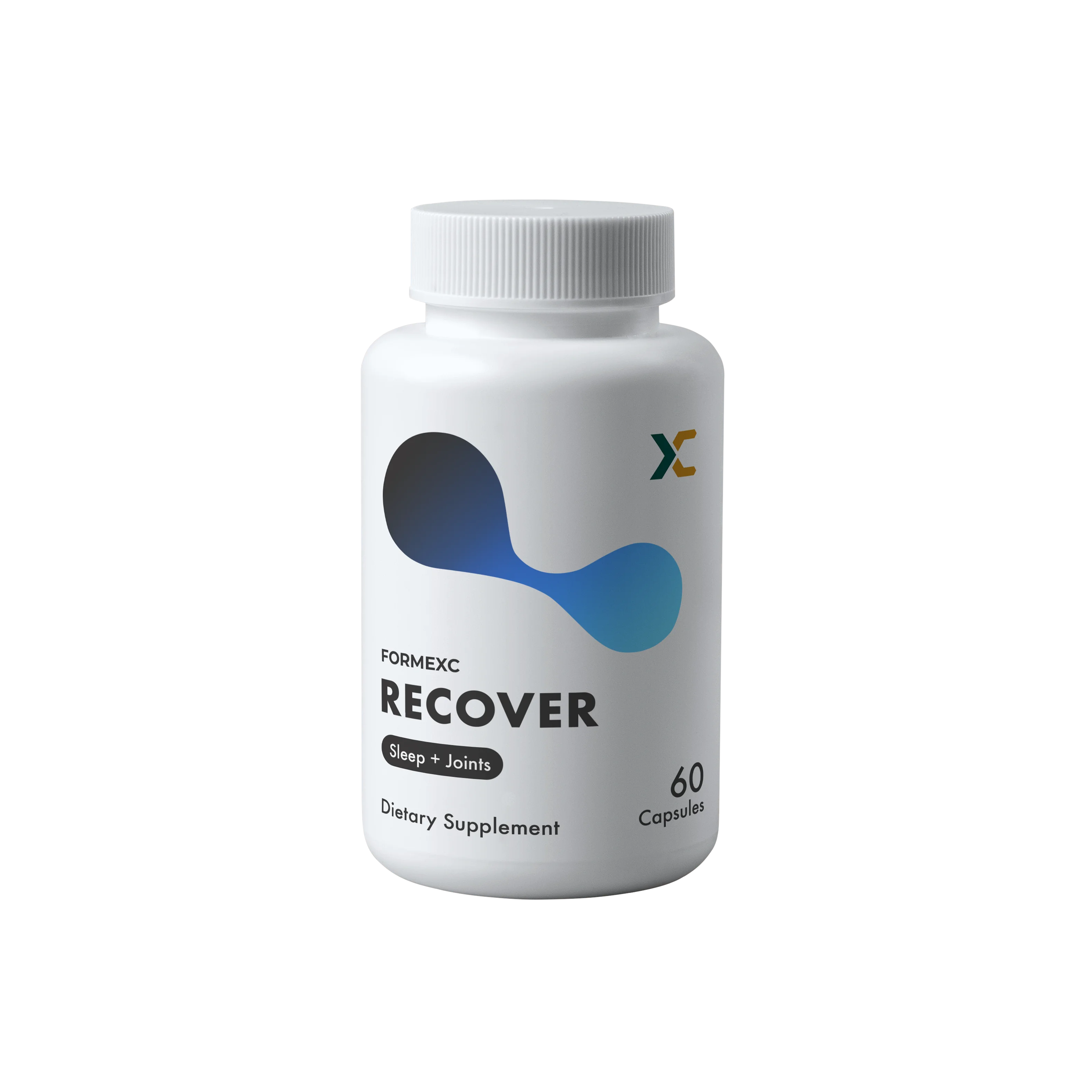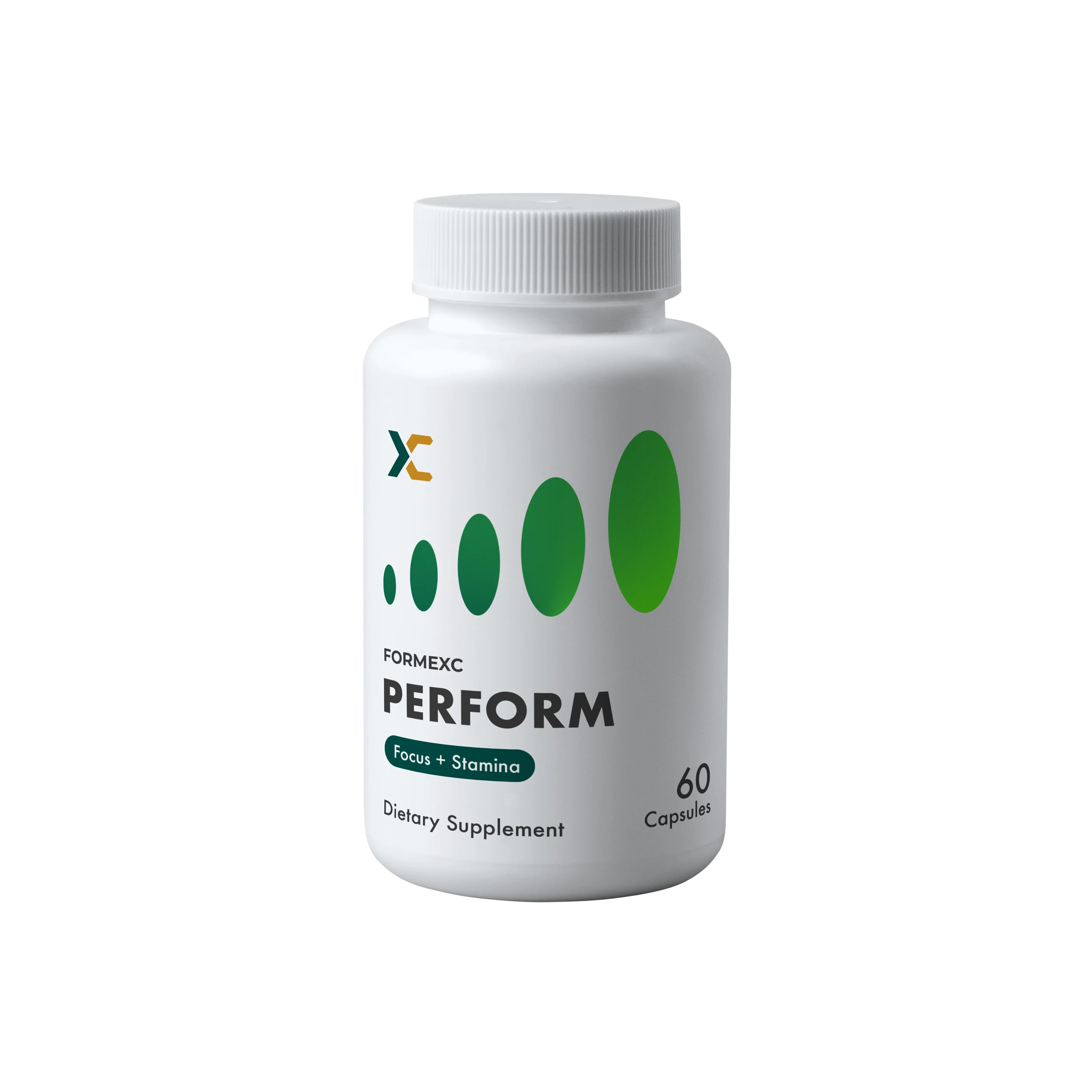When we consume food, we assume that our bodies absorb and utilise all the nutrients within it. However, this is not always the case—especially when it comes to minerals. The term mineral bioavailability refers to how efficiently the body absorbs and utilises minerals from food sources. This efficiency varies significantly between individuals due to factors such as genetics, gut health, and overall diet composition.
For example, spinach is often praised for its high calcium content. However, only about 5% of the calcium in spinach is absorbed by the body due to the presence of oxalates, which inhibit calcium absorption. Similarly, dietary iron, an essential mineral for oxygen transport in the blood, is absorbed at an efficiency of just 5 to 10% on average. This raises an important question: What factors influence how well we absorb minerals from our diet?
Four Key Factors Affecting Mineral Bioavailability
1. Food Type: Animal vs. Plant-Based Sources
The source of a mineral significantly affects how well it is absorbed. In general, minerals from animal products are more readily absorbed compared to those from plant-based sources. This is because plants contain natural compounds such as phytates, oxalates, and dietary fibres, which can bind to minerals and reduce their absorption.
For example:
- Calcium: Found in dairy products like milk and cheese, where it is highly bioavailable. In contrast, calcium from leafy greens (e.g., spinach) is poorly absorbed due to oxalates.
- Iron: Found in two forms—haem iron (from animal sources like red meat and fish) and non-haem iron (from plant sources like lentils and beans). Haem iron is absorbed much more efficiently.
- Magnesium: Unlike other minerals, magnesium is more concentrated in plant-based foods such as nuts, seeds, and whole grains.
2. Mineral-Mineral Interactions: The Competition for Absorption
Minerals often compete with one another for absorption in the small intestine, especially when they have similar molecular weights or structures. Consuming excessive amounts of one mineral can inhibit the absorption of another, potentially leading to imbalances.
For example:
- Calcium and Iron: High calcium intake can reduce iron absorption, which is why excessive dairy consumption may contribute to iron deficiency in some individuals.
- Zinc and Copper: These two minerals compete for the same absorption pathways, so an excess of zinc (often from supplements) can lead to copper deficiency.
This is why taking high-dose mineral supplements without medical supervision is not always beneficial and may even be harmful.
3. Vitamin-Mineral Interactions: The Helpers and Inhibitors
Certain vitamins play a crucial role in enhancing mineral absorption, making some nutrients more bioavailable.
- Vitamin D and Calcium: Vitamin D enhances calcium absorption in the intestines, which is why vitamin D deficiency can lead to weak bones and conditions like osteoporosis.
- Vitamin C and Iron: Vitamin C significantly improves the absorption of non-haem iron (from plant sources). This is why pairing iron-rich foods with citrus fruits or bell peppers can enhance iron uptake.
Conversely, some vitamins and compounds can inhibit mineral absorption. For instance, excessive amounts of certain polyphenols (found in tea and coffee) can reduce iron absorption.
4. Fibre-Mineral Interactions: The Role of Dietary Fibre
While dietary fibre is essential for gut health, excessive intake can interfere with mineral absorption. This is because fibre binds to minerals in the digestive tract, preventing them from being absorbed.
- Calcium, Iron, Magnesium, and Phosphorus: These minerals can be bound by dietary fibre, particularly from whole grains, legumes, and high-fibre supplements, reducing their bioavailability.
- Phytates and Oxalates: Found in many plant foods, these compounds can significantly decrease the absorption of essential minerals like zinc, calcium, and iron. Soaking, fermenting, or cooking plant foods can help reduce these inhibitors.
Balancing Mineral Intake for Optimal Health
A fundamental principle in nutrition and exercise science is that a well-balanced diet provides all the minerals the body needs without requiring excessive supplementation. The key is to:
- Diversify food sources to obtain minerals from both plant and animal products.
- Pair certain foods strategically (e.g., vitamin C with iron-rich foods) to enhance absorption.
- Avoid excessive reliance on single minerals, as imbalances can disrupt absorption.
- Be mindful of high-fibre diets and their impact on mineral uptake.
By understanding mineral bioavailability, we can make smarter dietary choices to ensure that the nutrients we consume are actually benefiting our health.
Click here to explore Formexc products, formulated with the optimal levels of minerals and nutrients to support your physical health, mental well-being, and performance.
Use the code "NEW10" to get 10% off your first order.
Did you find this article useful? Share it with a friend and spread the love for healthy living.
Your success fuels our motivation.
Love,
Team Formexc 💚💛







